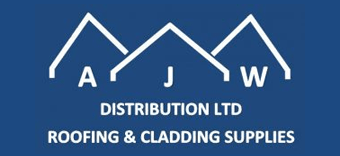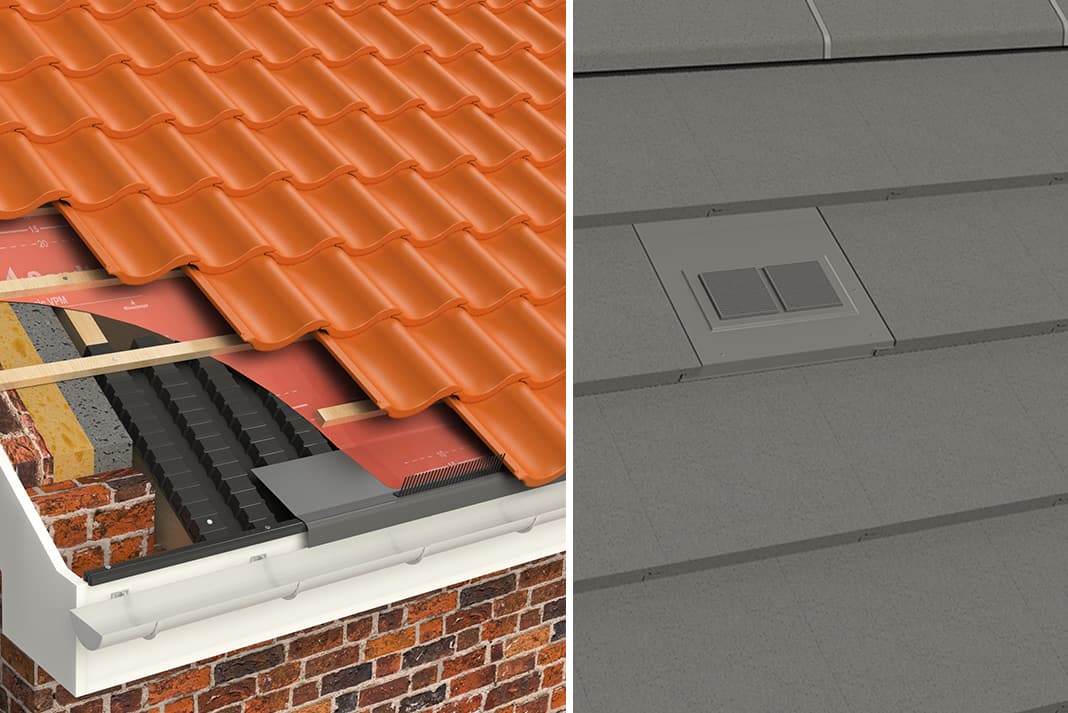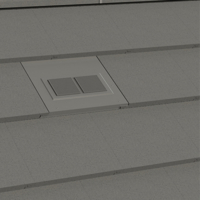There are two solutions to this issue. Firstly, we can try to prevent water vapour from reaching the roof space as much as possible by opening windows, installing window ventilation systems and changing our living habits.
British Standard BS 5250: ‘Code of practice for control of condensation in buildings’, offers guidance on how to create a well-sealed ceiling that will minimise air leakage through to the roof space. However, this is only a practical solution for new or renovated ceilings rather than existing ones.
Secondly, we can make sure that a roof is designed with appropriate ventilation methods so that the moisture that does get up there can be released before it builds up to harmful levels.
BS 5250 advises that “occupants often fail to use a building as intended…designers are advised to err on the side of caution and adopt robust fail-safe solutions”. Therefore, consideration into appropriate ventilation methods should be taken at the start of any roof project.








